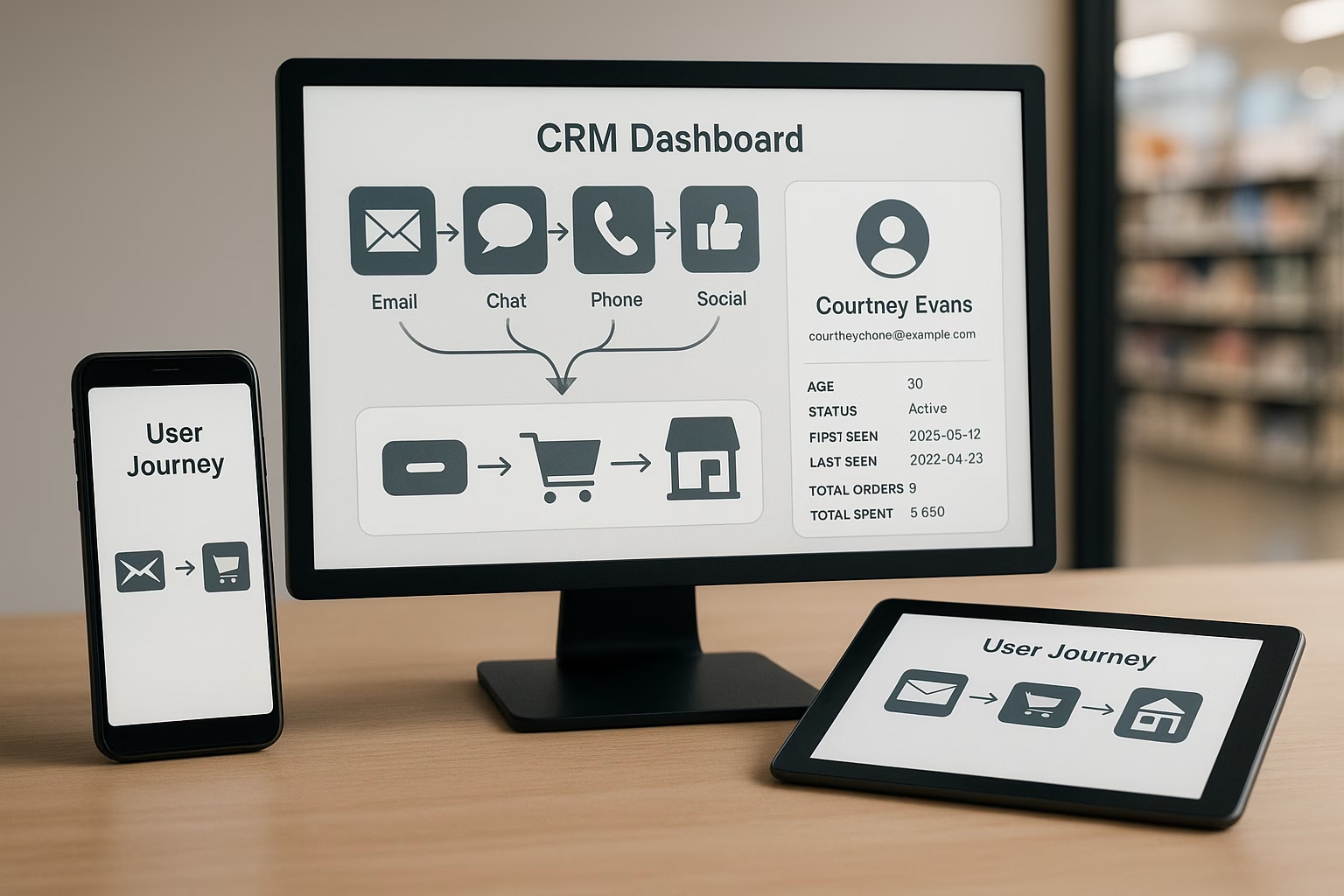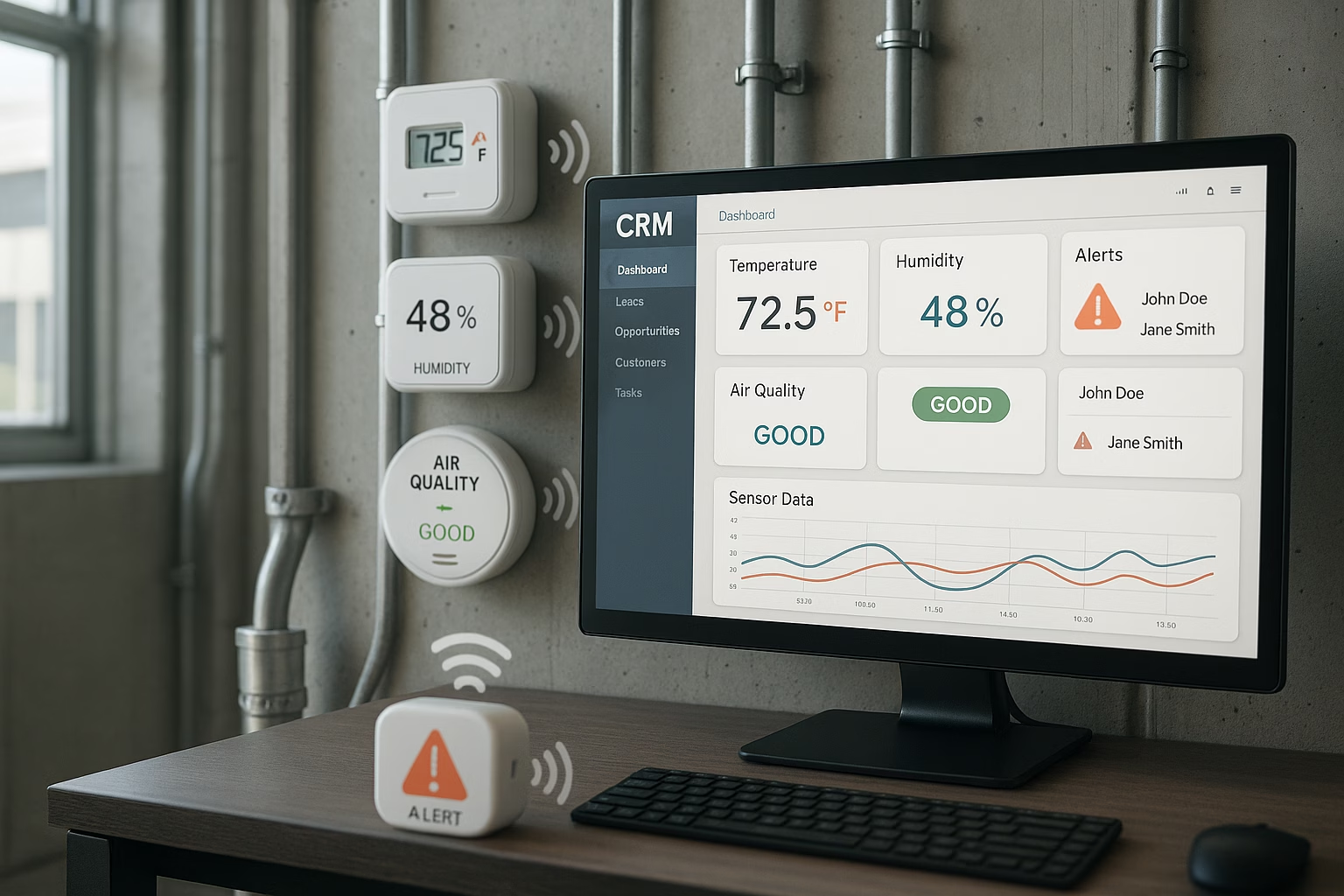Why Human-Centric workplaces matter
Organisations that prioritise their people see measurable benefits. A recent study by McKinsey found that companies with strong learning cultures are 30% more likely to be market leaders. Meanwhile, Gallup reports that highly engaged teams see 23% higher profitability. Yet many companies still struggle to create a culture that genuinely supports employee growth, adaptability, and collaboration.
Workplace culture is often mistaken for perks like flexible hours or wellness programmes. While these have their place, they do not address the real challenge—creating an environment where employees can develop, contribute meaningfully, and drive innovation. If you invest in a human-centric approach, you will see measurable benefits. Employees who feel supported and have opportunities for development are more engaged, innovative, and willing to stay. This is not just an HR initiative but a business strategy.
Real-world examples of a Human-Centric approach
Some companies have already embraced this shift and are seeing tangible results. Adobe has moved away from traditional performance reviews in favour of ongoing conversations focused on strengths, development goals, and real-time feedback. Managers are trained as coaches, ensuring employees receive support when it matters most, rather than once a year.
Unilever has implemented a skills-based talent platform that enables employees to identify and build new skills. Instead of being restricted by job titles, employees can contribute to projects that align with their expertise and career aspirations, fostering internal mobility and greater flexibility.
Google has developed a structured approach to knowledge sharing, using ‘lunch and learn’ sessions where employees present insights relevant to their teams. Alongside this, an internal knowledge base ensures that best practices and lessons learned are easily accessible across the organisation.
Overcoming common challenges
Despite the clear benefits, organisations often face obstacles in shifting towards a people-first culture. Resistance to change is common, particularly among leaders and employees accustomed to traditional structures. Addressing this requires clear communication about the advantages of a more adaptable and engaged workforce.
Measuring the impact of human-centric strategies can also be a challenge. Tracking retention rates, employee satisfaction scores, innovation metrics, and overall business performance provides tangible evidence of their value.
Concerns around budget constraints often arise, but investing in people does not always mean increasing costs. Many impactful initiatives, such as mentorship programmes, peer learning, and continuous feedback models, require commitment rather than significant financial resources.
Strengthening human skills in the workplace
A workplace that prioritises people must develop skills that cannot be automated. Training managers and employees in emotional intelligence enhances self-awareness, empathy, and relationship-building, strengthening team dynamics. Creating a culture of open and transparent communication fosters psychological safety, ensuring employees feel heard and valued. Organisations that embed diversity and inclusion within their culture benefit from broader perspectives, increased creativity, and a stronger sense of belonging.
Measuring the success of a Human-Centric workplace
Tracking key performance indicators provides insight into the effectiveness of a human-centric approach. Employee retention and turnover rates highlight engagement levels, while satisfaction surveys offer direct feedback on workplace culture. Innovation metrics, such as the number of new initiatives or process improvements, indicate whether employees feel empowered to contribute ideas. Productivity and revenue growth serve as broader business indicators of a successful workplace strategy.
Leadership’s role in building a people-first culture
Your leaders play a critical role in shaping and sustaining a human-centric culture. Those who actively participate in learning initiatives set the standard for continuous development. Encouraging collaboration and knowledge-sharing fosters a more engaged workforce. Recognising and rewarding employees who demonstrate empathy and teamwork reinforces the values that drive a strong workplace culture. Leaders who are open about their personal development and learning experiences create an environment where growth is a shared priority.
If you want to build a workplace that truly prioritises people, start by assessing your current culture. Consider whether your employees are given opportunities to develop and whether there is a culture of open feedback and trust. Leaders must also reflect on whether they are modelling the behaviours they expect from their teams. Opening up discussions within your organisation about what a human-centric workplace means in practice is the first step towards meaningful change. Even small shifts can drive long-term benefits, creating a workplace where employees and businesses thrive together.










